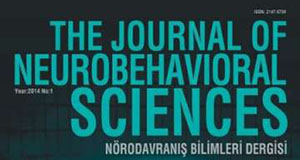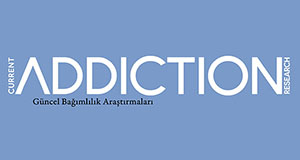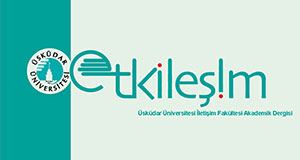
Conventional obsessive-compulsive disorder related brain network model relies mainly on cortico-striato-thalamo-cortical areas. However, recent findings consistently point cerebellar structural and functional differences in obsessive-compulsive disorder patients compared to healthy controls. Here we briefly reviewed these studies and argued that cerebellum should be involved in obsessivecompulsive disorder related brain network model for a better understanding of the nature of this disorder.
Obsessive-compulsive disorder (OCD) is a chronic mental disorder typically characterized by the presence of recurrent, persistent and intrusive thoughts (obsessions) leading to intentional repetitive behaviors or mental acts (compulsions) to avoid anxiety. OCD was classified under the anxiety disorders spectrum in DSM-4-TR, but is grouped under a new spectrum that is called the obsessive-compulsive and related disorders in the new DSM-5 (APA, 2013). Theoretical models suggest that OCD is related with functional and structural abnormalities in cortico–striato–thalamo–cortical (CSTC) network in general (Eng et al., 2015) and orbitofronto-striatal circuits in particular (Menzies et al., 2008). However in several studies, posterior brain regions including cerebellum is consistently reported as areas manifesting structural and functional changes in OCD patients. Therefore a number of recent research and review papers suggest the involvement of cerebellum in OCD related brain network model (Menzies et al., 2008; Hou et al., 2012; Ping et al., 2013; Kim et al., 2015).
Cerebellum is well known as the center crucial for movement related functions such as movement coordination and motor learning. On the other hand, many recent studies revealed its role in cognitive functions and that the functional or anatomical abnormalities of cerebellum is associated with a variety of psychiatric disorders (see Phillips et al., 2015 for review). In the light of these evidences in neuroimaging study on OCD, increasing attention have now been paid to the cerebellum (Hou et al., 2012).
Ample evidence suggests the neuroanatomical and functional changes in OCD as compared to heathy controls (HCs). A majority of the structural studies used voxel based morphometry (VBM) as the main method of investigation and most of them consistently reported increased gray matter (GM) volume (Pujol et al., 2004; Kopřivová et al., 2009; Okada et al., 2015) with a few exceptions that found decreased GM volume (Kim et al., 2001) in cerebellum. A recent study that used a fusion of canonical correlation analysis (CCA) and independent component analysis (ICA) for source localization of grey and white matter networks in patients with OCD pointed cerebellum as one of the main areas that distinguished OCD patients from HCs (Kim et al., 2015). Studies of white matter (WM) changes in OCD revealed that compared to HCs, patients had significantly higher fractional anisotropy (FA) values in various tracts in left cerebellar and brainstem white matter (Zarei et al., 2011). Despite all these studies some studies did not find cerebellar abnormalities in OCD (see Piras et al., 2015 for a review).




